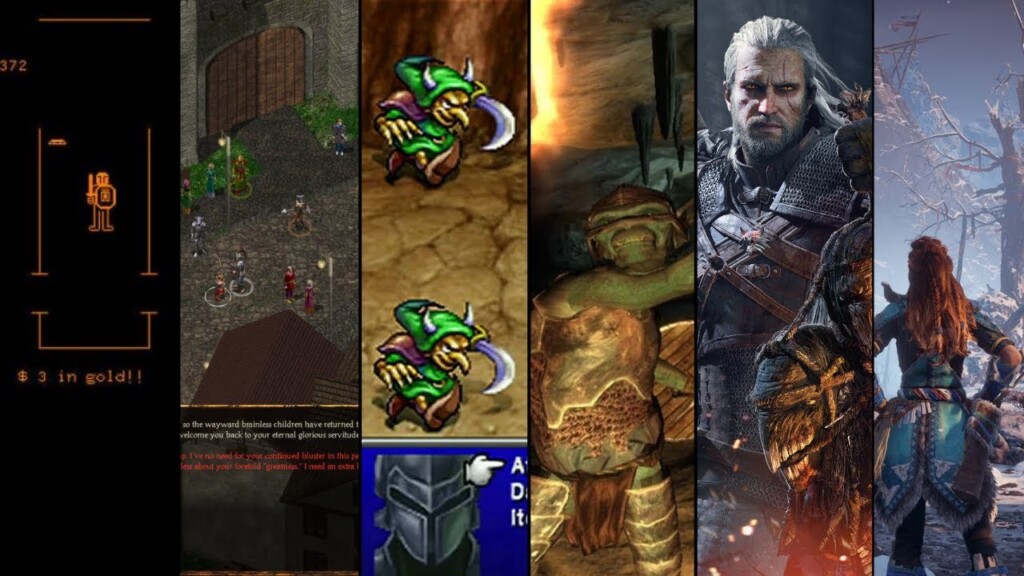Role-playing games have come a long way since their humble digital beginnings. What started as simple text-based experiences rooted in tabletop inspirations has grown into one of the most beloved and sophisticated genres in the gaming world. Today’s RPGs offer vast open worlds, cinematic storytelling, and gameplay depth that would have been unimaginable in the early days. Let’s trace the remarkable journey of RPGs from their text-based origins to the immersive epics we enjoy today.
The Birth of Digital Role-Playing: Text Adventures and Mainframe Beginnings
In the late 1970s and early 1980s, RPGs first appeared as text-based adventures on mainframes and early home computers. Games like Zork (1977) and Adventure (1976) allowed players to explore imaginary worlds using simple text commands like “go north” or “take sword.” These games drew heavily from tabletop RPGs such as Dungeons & Dragons, emphasizing exploration, inventory management, and narrative decisions.
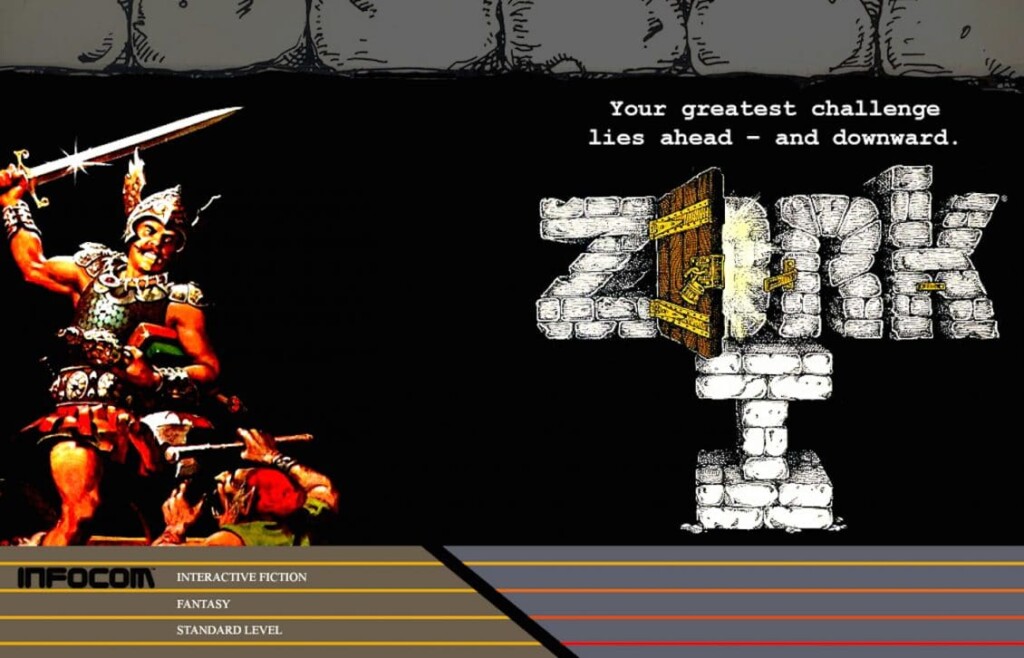
Although primitive by modern standards, these early games laid the groundwork for many RPG mechanics: branching narratives, character customization, and a strong focus on storytelling.
The Rise of Graphical RPGs: 8-bit and 16-bit Eras
With the advent of graphical user interfaces and more powerful home computers in the 1980s, RPGs gained visual representation. Titles like Ultima and Wizardry introduced tile-based graphics, top-down exploration, and turn-based combat. These games set the standard for Western RPGs and were instrumental in defining player freedom and world interaction.
Meanwhile, in Japan, the release of Dragon Quest (1986) and Final Fantasy (1987) marked the rise of the JRPG subgenre. These games emphasized structured narratives, turn-based battles, and memorable characters, often wrapped in high fantasy or futuristic settings. They became cultural icons and helped RPGs reach a global audience.
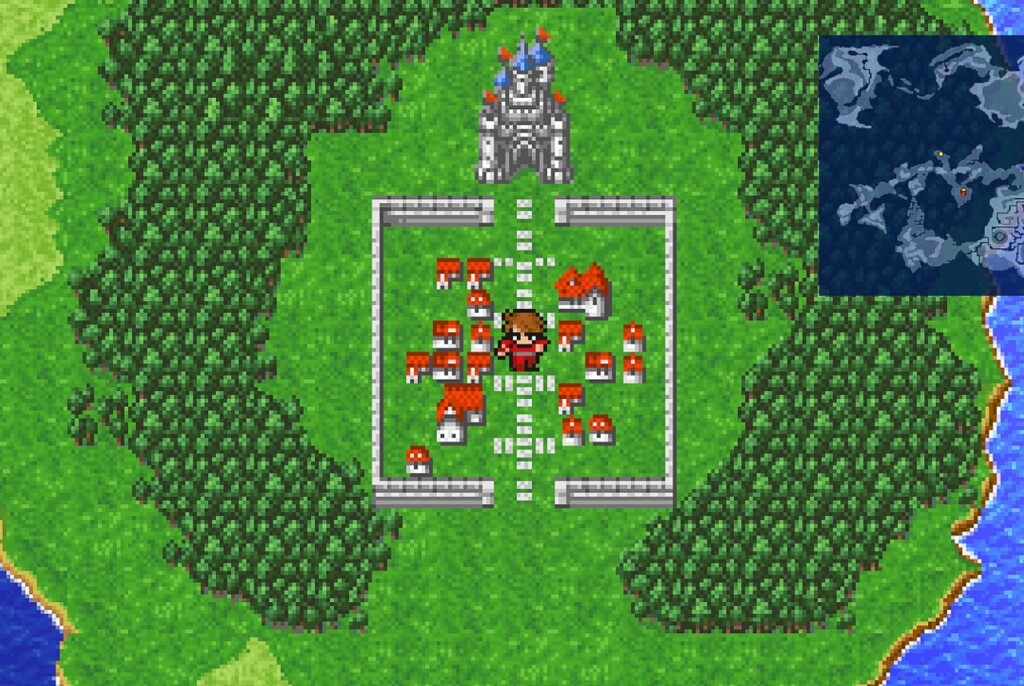
The Golden Age of PC RPGs: Depth, Dialogue, and Design
The 1990s saw RPGs on PC evolve rapidly in complexity and scope. Games like Baldur’s Gate, Fallout, and Planescape: Torment pushed the envelope in terms of narrative depth and player agency. Dialogue trees, alignment systems, and consequences for choices became core elements. Developers like BioWare and Black Isle Studios set new standards for storytelling in games.
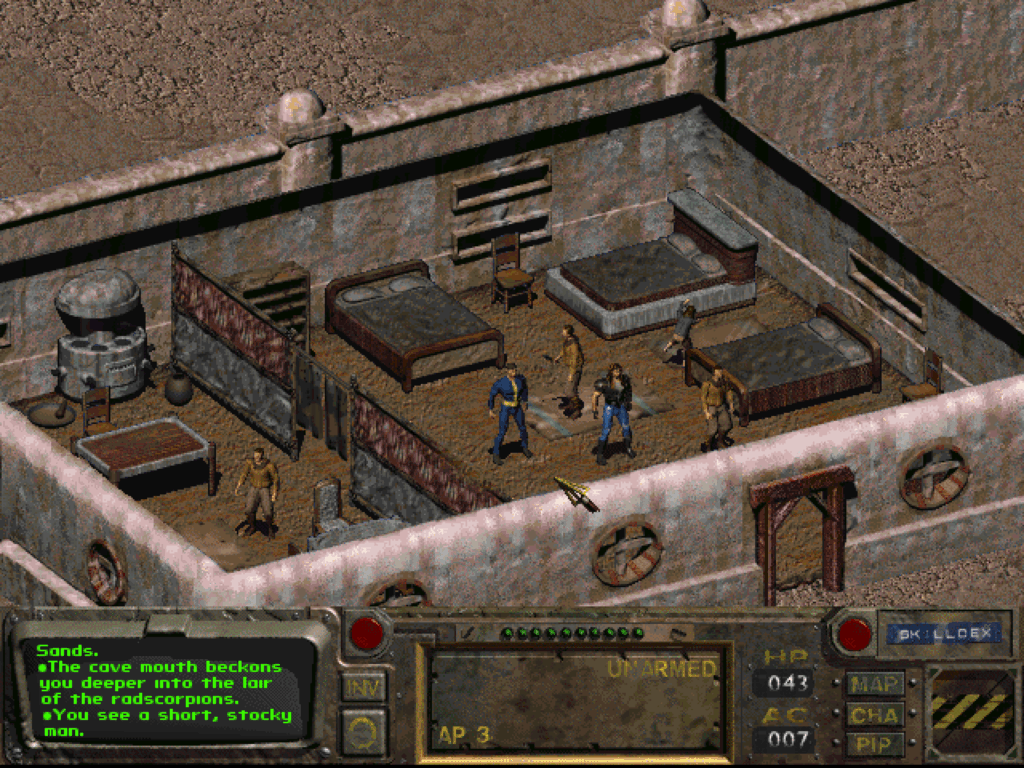
This era also saw the introduction of isometric 2D perspectives and real-time-with-pause combat systems that added strategic layers to gameplay. RPGs began to appeal not just to fantasy fans, but also to players interested in mature themes and complex moral decisions.
The 3D Revolution and Birth of the Modern RPG
As 3D graphics became mainstream in the early 2000s, RPGs entered a new phase. Games like The Elder Scrolls III: Morrowind, Star Wars: Knights of the Old Republic, and Gothic embraced open-world exploration and dynamic quest structures. Morrowind in particular broke new ground with its non-linear gameplay, allowing players to forge their own paths in a richly detailed world.
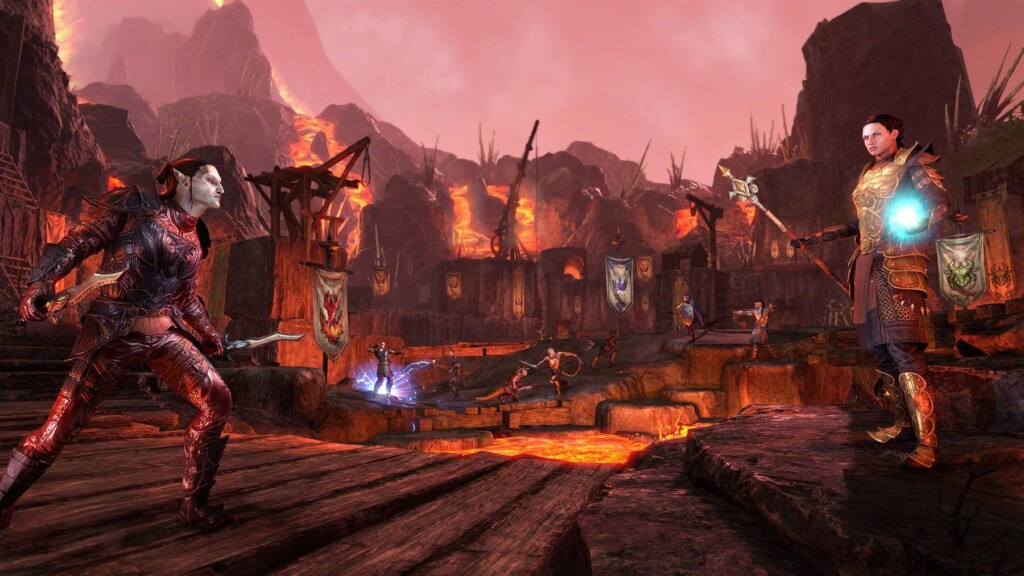
The integration of cinematic elements—voice acting, motion capture, cutscenes—also began during this period, elevating the narrative delivery and emotional impact of RPGs.
Open-World Epics and Genre Hybrids
Today’s RPGs are often vast, open-ended experiences that combine the best of storytelling, exploration, and action gameplay. The Witcher 3: Wild Hunt, Cyberpunk 2077, and Elden Ring exemplify the modern RPG: massive worlds filled with side quests, hidden lore, and emergent gameplay systems.

At the same time, the genre has hybridized with others—action, strategy, survival, and even roguelike mechanics. Games like Mass Effect fused RPG systems with third-person shooting, while Dark Souls introduced challenging, atmospheric worlds with minimalist storytelling and deep combat systems.
Even indie developers have pushed the boundaries, with titles like Undertale, Disco Elysium, and Divinity: Original Sin IIredefining what an RPG can be in terms of structure and innovation.
What’s Next for RPGs?
Looking ahead, the future of RPGs seems poised to embrace even more emergent narratives, AI-driven worldbuilding, and player-driven storytelling. Procedural generation, dynamic dialogue systems, and branching quests influenced by hundreds of variables may become the norm.
Moreover, as virtual reality and augmented reality technologies mature, we may soon find ourselves not just playing as a character, but truly inhabiting one—walking through digital realms as if they were real.
Final Thoughts
From green text on a black screen to sprawling 4K open worlds, RPGs have evolved in tandem with technology and player expectations. Yet, the heart of the genre remains the same: choice, character, and story. No matter how advanced the graphics or systems become, RPGs will always be about the stories we tell and the roles we choose to play.

